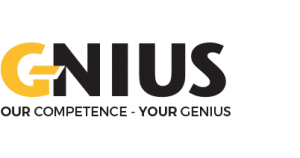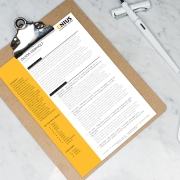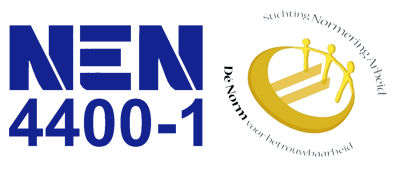How do I become visible on LinkedIn?
Looking for a freelance assignment, a new job, or an internship? Make sure you’re visible on LinkedIn. The social platform for professionals offers an excellent opportunity to present yourself to a global network of peers and potential employers. But how do you stand out in the crowd? Here are some valuable tips to increase your visibility on LinkedIn:
Optimize your LinkedIn profile
One of the first steps to becoming visible on LinkedIn is to have a comprehensive and polished profile. Ensure that your profile is fully filled out and optimized for keywords relevant to your industry. A clear profile picture and a catchy headline emphasizing your expertise immediately grab attention.
Share valuable content
Regularly post updates and articles that are interesting to your target audience. This can range from industry updates and tips to personal insights and successes. By sharing valuable content, you establish yourself as an authority within your field.
Be active in groups
Join relevant LinkedIn groups and actively participate in discussions. By sharing your expertise and answering others’ questions, you not only increase your visibility but also build valuable relationships with other professionals.
Network actively
Expand your network by actively adding people who are relevant to your field. Send personalized invitations and don’t forget to add a personalized message explaining why you’d like to connect.
Use Rich Media
Utilize visual elements such as images, videos, and presentations to make your profile and posts more attractive. Visual content grabs more attention and can help reinforce your message.
Be consistent
Consistency is essential for strong visibility on LinkedIn. Make sure you’re regularly active on the platform, both by posting new content and by responding to comments and messages from others.
By applying these tips, you’ll become more visible on LinkedIn and distinguish yourself as a leading professional in your field.
More tips?
Would you like more tips on how to present yourself through personal branding? Then listen to our podcast (in Dutch) here.








